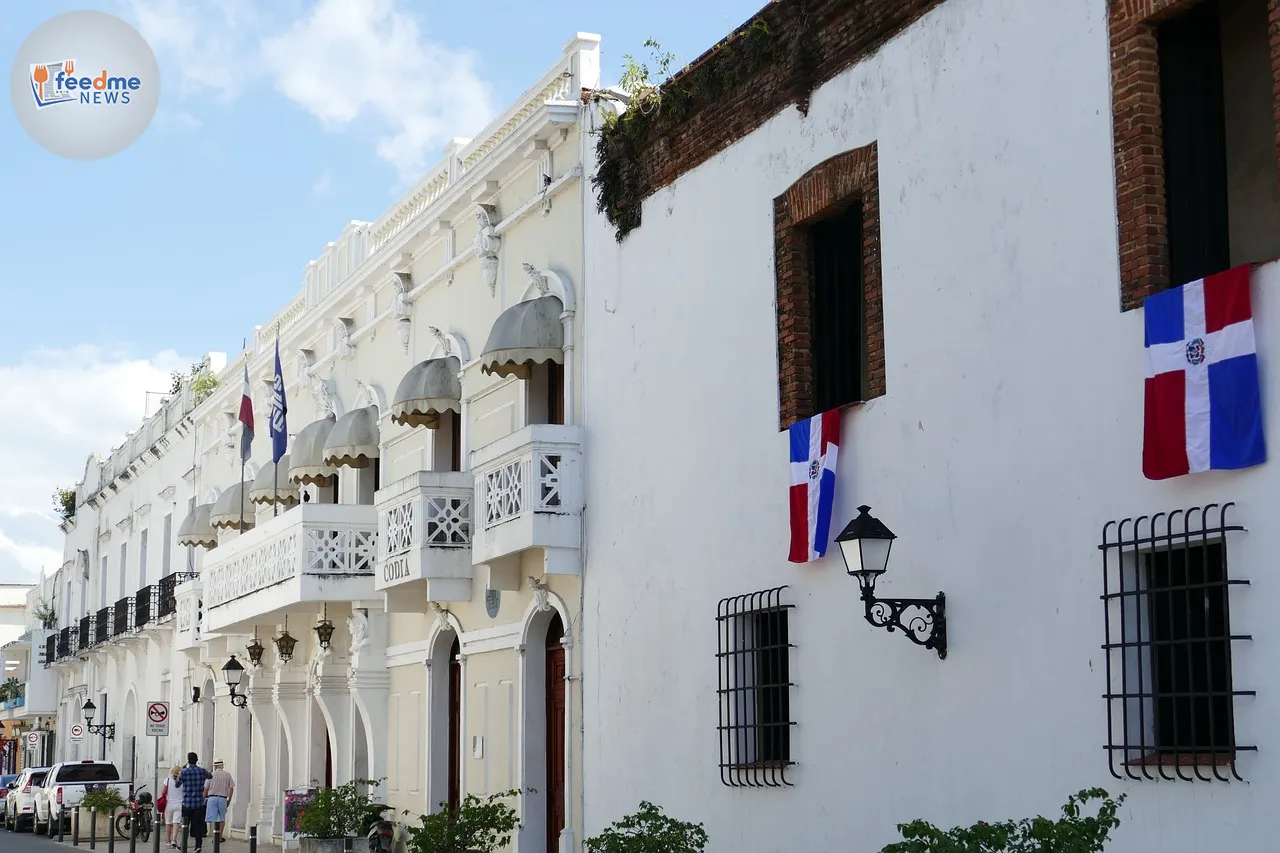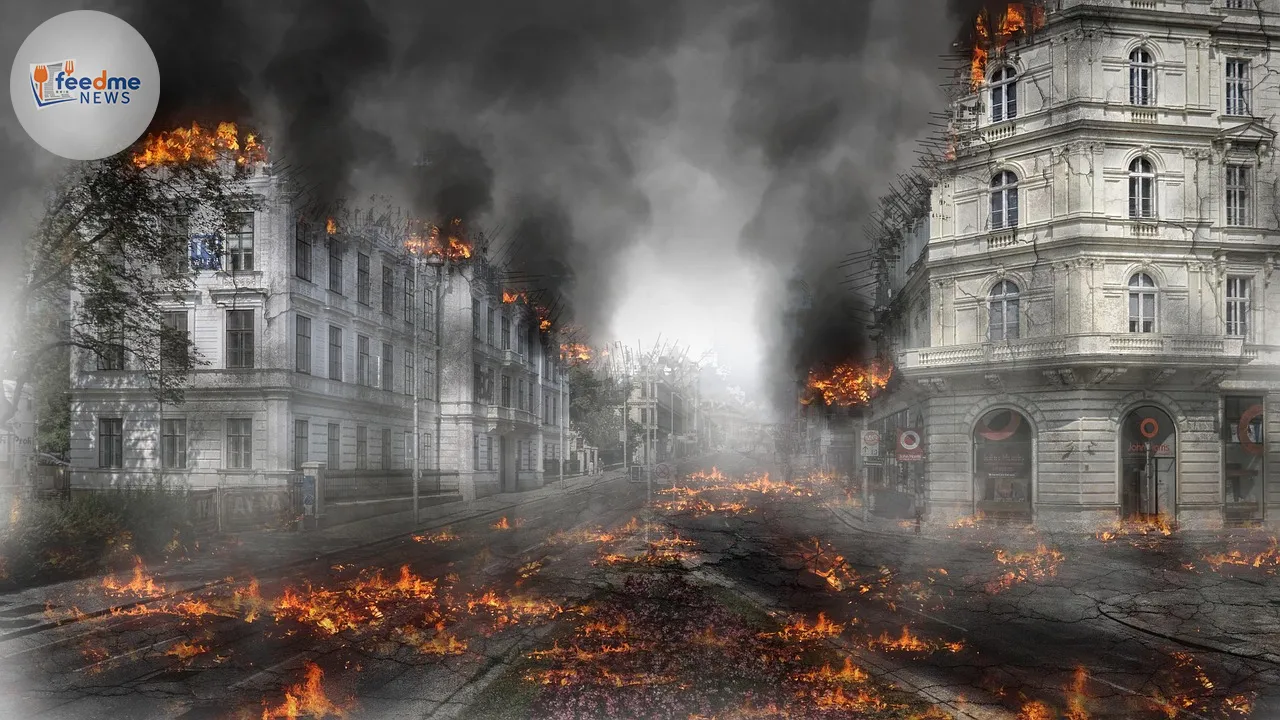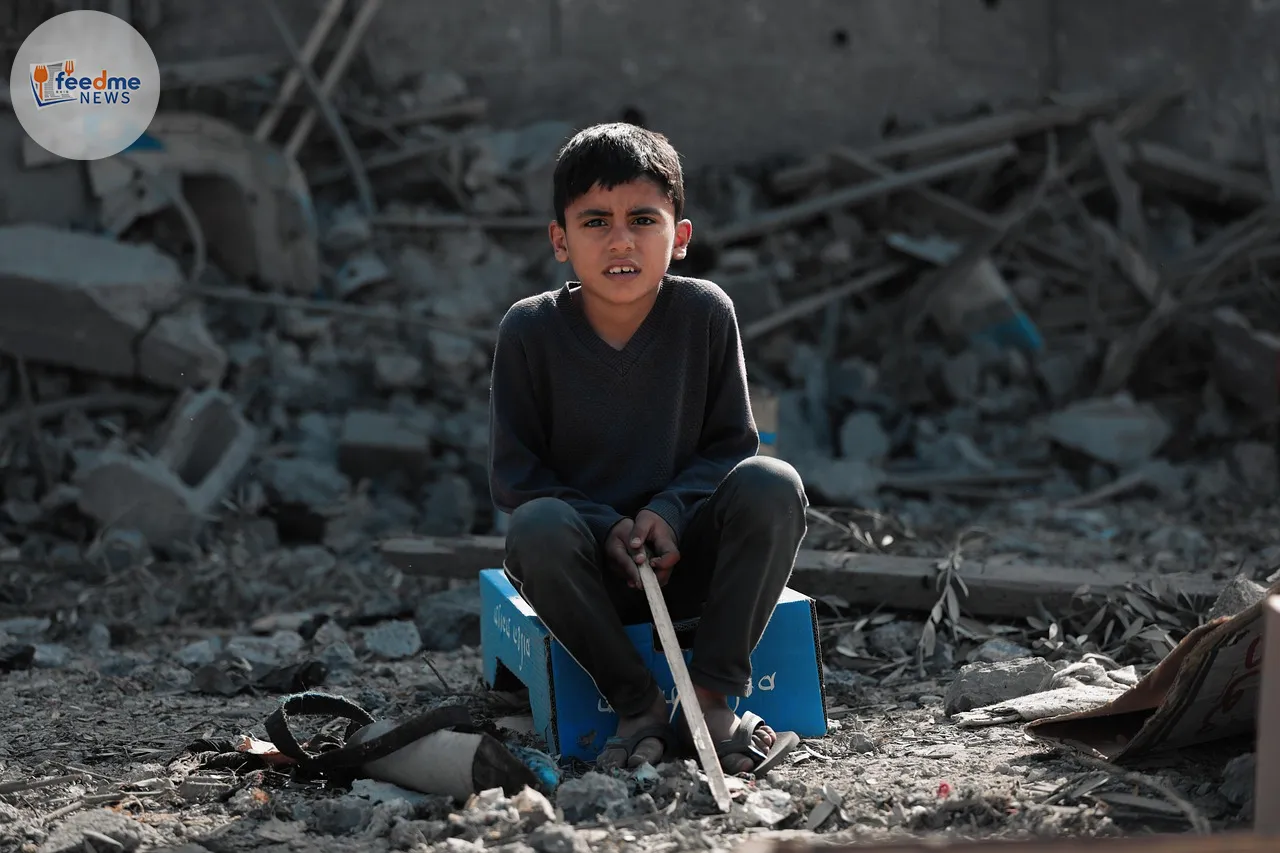Rescue operations in the Dominican Republic have concluded following the tragic collapse of a nightclub roof, which has resulted in the deaths of at least 184 individuals. This incident, marking the country’s most severe disaster in decades, has left the nation in mourning. Emergency services declared the end of the search on Wednesday, stating that all feasible options for locating further survivors had been thoroughly exhausted.
Catastrophe Strikes in Santo Domingo
The disaster unfolded in the capital city of Santo Domingo, where the nightclub, a popular venue located in the bustling district, became the site of horror and heartbreak. The roof caved in during a crowded event, trapping hundreds of patrons beneath the debris. Rescue teams, comprising local emergency services and international aid, worked tirelessly around the clock to locate survivors amidst the wreckage.
The nightclub, known for hosting large events, was reportedly filled with over 500 attendees at the time of the collapse. The structure’s failure has raised urgent questions about building safety standards and regulatory oversight in the region, prompting calls for a comprehensive investigation.

Rescue Efforts and Challenges
In the immediate aftermath, emergency responders faced significant challenges in their rescue efforts. The dense debris, coupled with unstable structural conditions, made the operation perilous. Utilising heavy machinery and sniffer dogs, teams meticulously combed through the ruins, often working in hazardous conditions to prevent further collapses.
Despite their relentless efforts, the rescue teams’ hopes of finding additional survivors dwindled as hours turned into days. By Wednesday evening, officials announced that the search would be called off, having exhausted all reasonable possibilities of finding more survivors.
Community and International Response
The tragedy has sparked an outpouring of grief and solidarity, both locally and internationally. Residents of Santo Domingo have come together to support the victims’ families, offering aid and shelter to those affected. Memorial services are being organised across the city, with vigils held to honour the lives lost in the disaster.
International support has also poured in, with numerous countries extending condolences and offers of assistance. Humanitarian organisations have mobilised to provide emergency aid, including medical supplies and psychological support for the survivors and families of the victims.
Investigating the Cause
The focus now shifts to understanding the cause of the collapse. Preliminary investigations suggest potential structural weaknesses in the building, exacerbated by recent renovations. Experts are examining whether construction standards were adhered to and if any lapses in regulatory oversight contributed to the tragedy.
Authorities have pledged a thorough investigation to determine accountability and prevent future occurrences. Building safety regulations are under scrutiny, with calls for stricter enforcement and regular inspections to ensure compliance with safety standards.
Future Implications
As the Dominican Republic grapples with the aftermath of this disaster, the incident underscores the critical need for improved infrastructure and safety measures. The tragedy serves as a stark reminder of the potential consequences of neglecting building standards and highlights the importance of prioritising public safety in urban development.
The government has vowed to review and strengthen existing regulations, aiming to enhance safety protocols and prevent similar incidents. This disaster may lead to significant policy changes, impacting how buildings are constructed and maintained across the nation.
In the wake of this catastrophe, the resilience of the Dominican people shines through. As the country mourns, it also looks towards rebuilding and healing, determined to emerge stronger from this tragedy. The global community stands in solidarity with the Dominican Republic, offering support as it navigates this challenging period.





